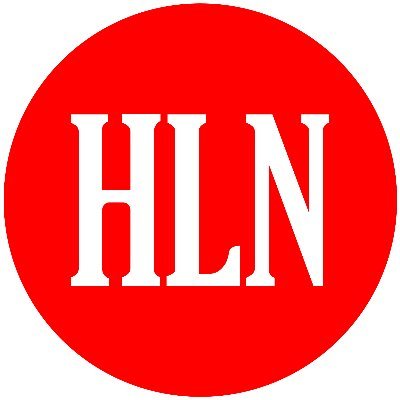Online tijdlijn maken
Creëer binnen enkele minuten professionele tijdlijnen en liveblogs voor jouw website met onze eenvoudige en intuïtieve tools. Breng jouw boodschap tot leven en dompel je lezers onder in interactieve content waar ze geen genoeg van kunnen krijgen.
Loved by leading newsrooms worldwide
Join the ranks of top newsrooms leveraging Timepath to enhance their storytelling and audience engagement.








Binnen een paar klikken jouw eigen tijdlijnen en liveblogs op je website
Het onstaan van Timepath
Timepath is ontstaan uit een eenvoudige, maar krachtige missie: het creëren van tijdlijnen revolutioneren door het efficiënt en universeel toegankelijk te maken. Gedreven door het geloof dat iedereen de middelen zou moeten hebben om hun verhalen visueel uit te drukken, is het platform zo ontworpen dat het zowel gebruiksvriendelijk als gratis is.
De ultieme tijdlijn en liveblog maker
Bij Timepath begrijpen we het belang van no-code oplossingen als het gaat om contentcreatie. Daarom is ons platform zo ontworpen dat het gebruiksvriendelijk en intuïtief is, waardoor je boeiende tijdlijnen en liveblogs kunt creëren zonder technische expertise nodig te hebben.
Frequently asked questions
From timelines and liveblogs to quizzes, polls, and collections, find answers to the most common questions about creating, customizing, and publishing interactive content with Timepath.
Wat is een tijdlijn?
Wat is een liveblog?
Hoe kan ik tijdlijnen en liveblogs gebruiken voor mijn website of nieuwsartikel?
Kan ik het ontwerp van mijn tijdlijn of liveblog aanpassen?
Heb ik technische vaardigheden nodig om een online tijdlijn of liveblog te maken?
Hoe voeg ik een online tijdlijn of liveblog toe aan mijn website of nieuwsartikel?

